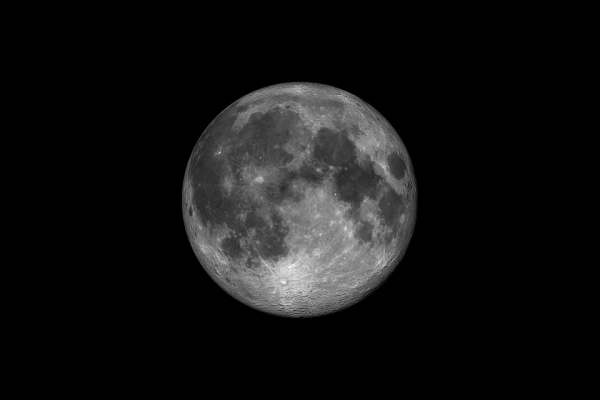The face that the Moon shows to Earth looks far different from the one it hides on its far side. The nearside is dominated by the lunar mare — the vast, dark-colored remnants of ancient lava flows. The crater-pocked far side, on the other hand, is virtually devoid of large-scale mare features. Why the two sides are so different is one of the Moon’s most enduring mysteries.
Now, researchers have a new explanation for the two-faced Moon — one that relates to a giant impact billions of years ago near the Moon’s south pole.
A new study published in the journal Science Advances shows that the impact that formed the Moon’s giant South Pole–Aitken (SPA) basin would have created a massive plume of heat that propagated through the lunar interior. That plume would have carried certain materials — a suite of rare-Earth and heat-producing elements — to the Moon’s nearside. That concentration of elements would have contributed to the volcanism that created the nearside volcanic plains.
“We know that big impacts like the one that formed SPA would create a lot of heat,” said Matt Jones, a Ph.D. candidate at Brown University and the study’s lead author. “The question is how that heat affects the Moon’s interior dynamics. What we show is that under any plausible conditions at the time that SPA formed, it ends up concentrating these heat-producing elements on the nearside. We expect that this contributed to the mantle melting that produced the lava flows we see on the surface.”
Read more at Stanford University
Photo Credit: susan-lu4esm via Pixabay


